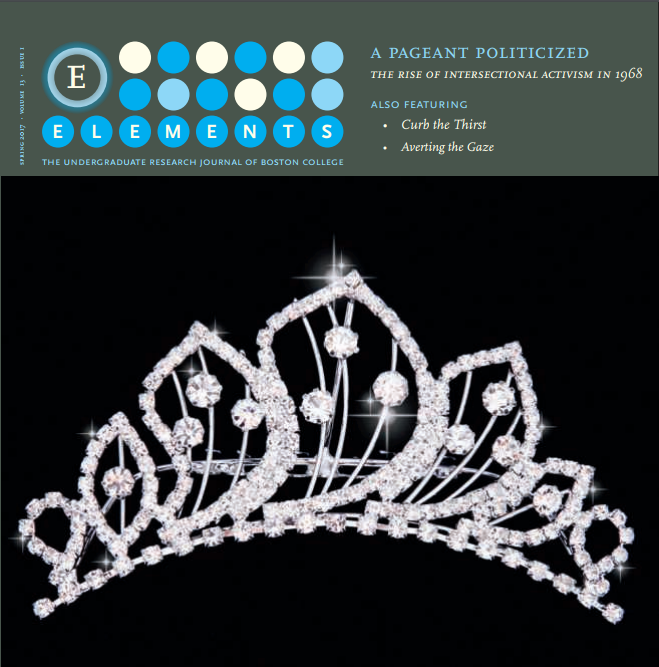India to U.S. Migration Case Study
DOI:
https://doi.org/10.6017/eurj.v13i1.9606Abstract
Indian migration to the U.S. dates back to the the 1800s, but more recent legislation resulted in a large flow of highly skilled Indian workers to the U.S. While this has boosted the U.S. economy and led to the creation of more jobs, India has not experienced the same degree of beneficial effects. Those who emigrate typically continue to exchange valuable information— in the form of investments and remittances— back with India to increase productivity and stimulate the economy. Yet, this has not proven to counteract the great economic loss due to this outflow of their most educated and skilled laborers. This paper specifically explores the ways in which Indian immigration to the U.S. has contributed to an academic phenomenon known as “brain drain,” and the adverse as well as positive effects that this flow of human capital has on both the U.S. and Indian economies. Further, we examine how President-Elect Trump’s administration will likely handle the H-1B visa program.Downloads
Published
2017-09-07
How to Cite
Wills, B., Gan, S., Mindlin, J., & Sheerin, P. (2017). India to U.S. Migration Case Study. Elements, 13(1). https://doi.org/10.6017/eurj.v13i1.9606
Issue
Section
Articles
License
Copyright (c) 2017 Breck Wills

This work is licensed under a Creative Commons Attribution 4.0 International License.

